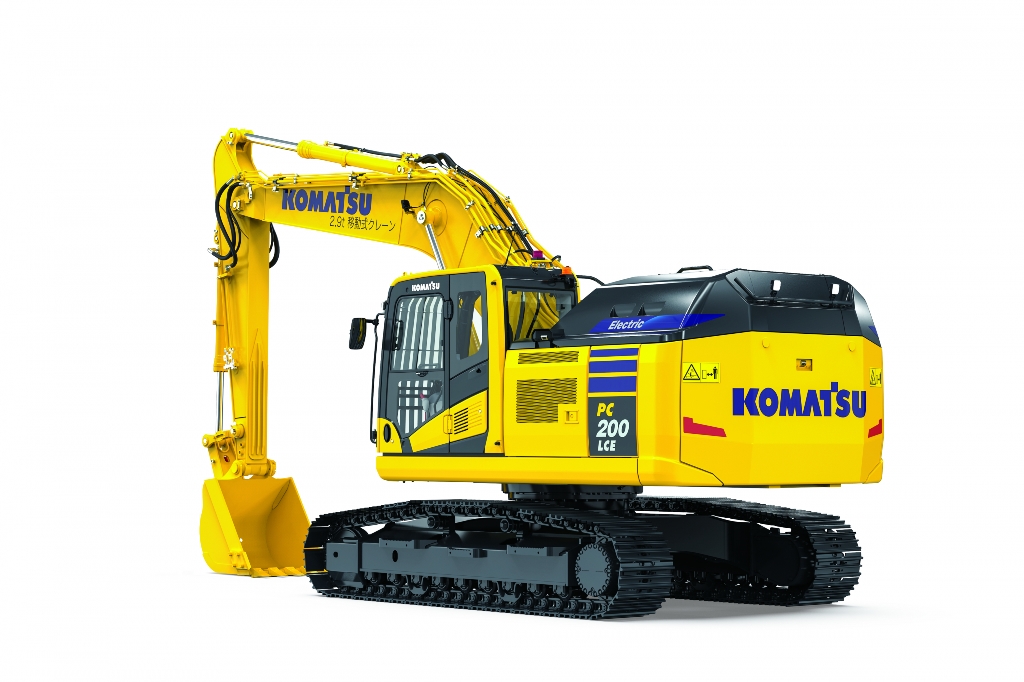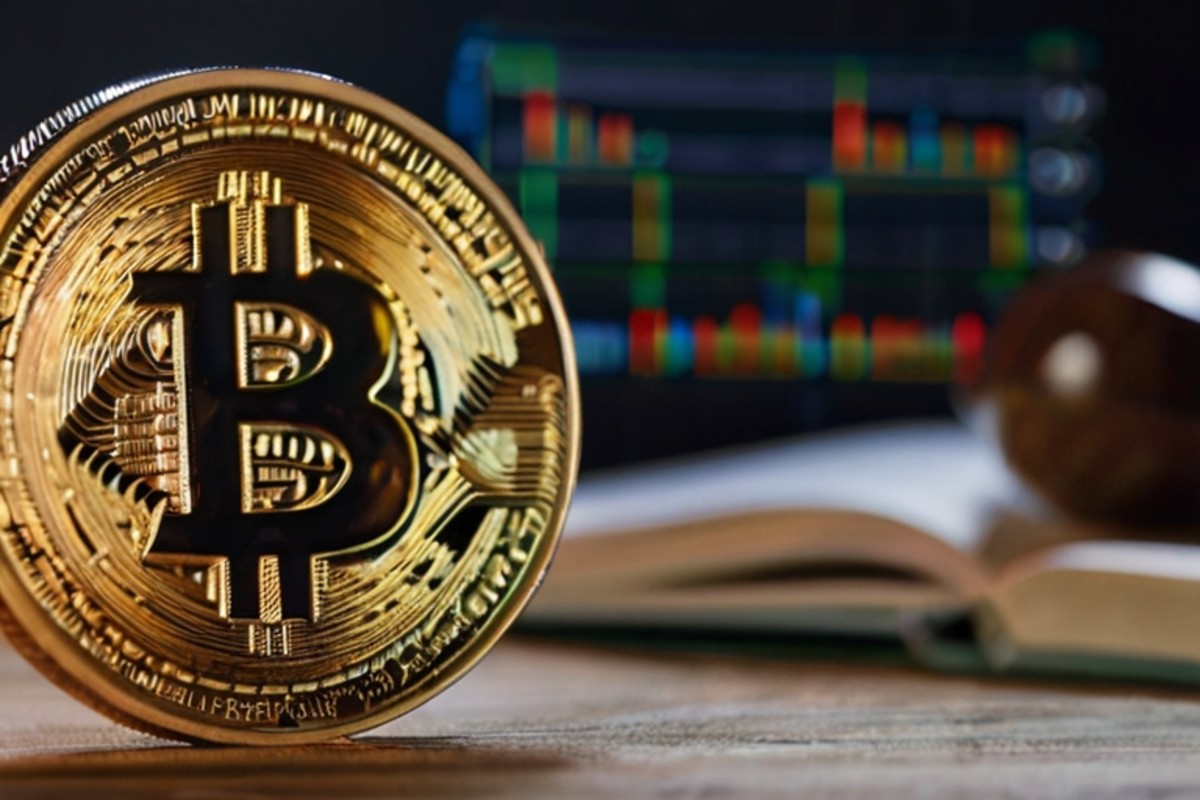Graham and Dodd viewed stocks as special cases of bonds. That is, they bought stocks for their dividends, rather than for potential capital gains. There was, however, one noticeable difference between stocks and bonds. The former carry an inflation fighter in the form of potential rises in the dividend, whereas the latter represent a fixed income stream. Put another way, stocks were likely to maintain their purchasing power in real terms, meaning that an investor could afford to spend all of the income. Meanwhile, the purchasing power of bonds had to be replenished FROM income; not all of the yield was spendable.
 sergeitokmakov / Pixabay – Valuewalk
sergeitokmakov / Pixabay – ValuewalkQ3 2021 hedge fund letters, conferences and more
The disruption caused by COVID-19 has resulted in inflation in the real economy, which was reflected in an inflation in stock prices, beginning in the second half of 2020. With indexes near all time highs, there are fears of a crash. Somewhat less gloomy forecasters have opined that we have already reaped the capital gains that will be available for the whole decade of the 2020s (this was true at the beginning of the 2000s decade). Another area of concern is political; the coming year, 2022, is a “mid-term” election year when U.S. stocks typically go down in price.
Betting On Cash Producing Dividends
Compared to stocks and bonds, “cash” has been a relatively strong performer in in times like the 1970s. Rising inflation and interest rates are likely to erode the values of some stocks, specifically those that pay little or no dividends. But yields on “cash” (that is short term investments) RISE more or less in tandem with inflation. This is unlike bonds, whose coupons are fixed, and stocks, whose dividends typically do not rise fast enough to compensate for gains in short term rates. But these problems have the least impact on stocks with high and rising dividends, i.e., the ones that produce “cash.”
But yields on “cash” (that is short term investments) RISE more or less in tandem with inflation, unlike bonds, whose coupons are fixed, and stocks, whose dividends typically do not rise fast enough to compensate for gains in short term rates. But these problems have the least impact on stocks with high and rising dividends, i.e., the ones that produce “cash.”
And with a decade-long bull market in progress (except for the “blip” in early 2020 that was quickly restored), stocks almost never meet Graham and Dodd requirements of being cheap relative to their balance sheets. The main way of “monetizing” strong balance sheets is through the disbursements of dividends. (Some analysts believe that stock buybacks perform a similar function, but that is a discussion for another paper.) But in any event, balance sheet quality is a key factor in the establishment and maintenance of dividends.
There are many ways to measure quality, but perhaps the easiest is the three numbers at the bottom right hand corner of a typical Value Line stock report. (I used to work there, decades ago, and am partial to the format of its reports and charts.) They are measures from 5 (Lowest) to 100 (Highest) of “Earnings Predictability,” (stock) “Price Growth Persistence,” and “Price Stability.” These numbers lie below the financial strength rating, which is graded from A++ to C, and which is an additional quality rating. But for now, we’ll focus on the three numbers.
Blue Chip Stocks
A high score on earnings predictability suggests a high quality company, a low score the reverse. “Price stability” of the stock represents how the company is perceived in the marketplace. For instance, Exxon Mobil Corp (NYSE:XOM) is perceived as a high quality, blue chip stock, but is now only an “average” company at best, as measured by Value Line quality indexes, which suggests that its shares might be more volatile than in the past.
On the other hand, with scores of 95, 70, and 75 for earnings predictability, price growth persistence, and price stability, Intel Corporation (NASDAQ: INTC) qualifies as a blue chip stock. Curiously, the key to identifying Intel’s bargain characteristic is dividend yield. Its current yield is very competitive with that of the average stock. In fact, at one point in the past few years, the stock was selling to yield nearly 4%, nearly double the then Value Line median. As an admittedly mature company in a growth (technology) industry, Intel should have no trouble matching the 5.5% earnings growth of the S&P 500, meaning that any yield premium over the index’s median is “free” money. Intel’s yield, in the high 2%s, is higher than the market median in the high 1%s, that is to say that the yield is one percentage point higher than that of the “market,” even though Intel’s growth prospect are also marginally superior. . The “capper,” however, is that Intel’s quality numbers are those of a blue chip stock, not a tech stock.
Similar things can be said about our other choices, listed below, drawn from the Dow 30. We have scrupulously avoided using companies like Boeing Co (NYSE:BA), Home Depot Inc (NYSE:HD), and Salesforce.com, inc. (NYSE:CRM), which have no balance sheets to speak of, and focused mainly on companies with good ratios of equity to debt, and the consequent ability to pay meaningful dividends. Like Intel, most of our choices rank in the top quartile of Safety by the various Value Line metrics (Goldman Sachs and IBM are just outside this top quartile).
Dogs Of The Dow
For illustrative purposes, most, but not all of our selections are from the high-yielding “dogs of the Dow,” the ten highest yielders. The exceptions have had stable or slightly falling (by no more than 15 basis points) yields to compensate for the fact that they are not in the “top ten.” On the other hand, we excluded certain “dog” stocks (Chevron, Cisco Systems, Walgreens), whose formerly high yields have been narrowed by strong price rises in 2021. The choices below are presented in the following format: (Prices as of December 23, 2021, that day’s yield, and the December 31,2020 yield.)
Amgen, Inc. (NASDAQ:AMGN) (223.79 3.47%, 3.06%). A stock in a “stable” (pharmaceutical) sector than has pulled back while the dividend has risen, leading to a rise in the yield.
Coca-Cola Co (NYSE:KO) (58.22, 2.89%, 2.99%). Not a growth stock, meaning that expectations are muted. Should hold up better than most in a down market, and the above-average dividend further reduces downside risk, both in absolute terms and relative to the market.
Goldman Sachs (NYSE:GS) (385.04, 2.08%, 1.90%). This stock is up over 40% this year but an even greater rise in the dividend (from $5 to $8 a year) means that the yield has gone up.
Johnson & Johnson (NYSE:JNJ) (168.25, 2.52%, 2.57%). We consider this a “high quality dog.” This is a pillar of stability whose yield would rank in the top ten if you kicked out a few of the lower quality issues from the “dogs” group. If the market falls, J&J’s fall will likely be “less than that of the market as a whole.”
Merck & Co., Inc. (NYSE:MRK) (75.73, 3.64% ,3.18%). This stock has shown remarkable stability, going “nowhere” since the beginning of 2020. Its yield is high relative to the current (elevated) market.
IBM (NYSE:IBM) (130.63, 5.02%, 5.16%). This stock will probably go “nowhere” for the next three to five years. But “nowhere” stands to be a good performance in the down market that we foresee, at least for the coming year. And a yield exceeding 5% is a nice “consolation” prize.
Intel Corporation (NASDAQ:INTC) (51.31, 2.71%, 2.65%) Another “chicken tech” stock, but with better prospects than IBM. It is more defensive that Cisco Systems, whose recent price spurt has greatly reduced its earlier attractiveness.
3M Co (NYSE:MMM) (174.97, 3.38%, 3.36%) The yield of this blue chip has remained about the same since the beginning of the year. It is still a defensive holding compared to the overall market.
Verizon Communications Inc. (NYSE:VZ) (52.68, 4.86%, 4.27%). This company started the year with a low yield (for a telephone utility), but it is now over 50 basis points higher, at a time when yields have contracted almost across the board elsewhere.
Another Dow Dog
There is one more “Dow dog” that is worth considering for its high yield. We warn, however, that the stock’s safety is only “middling,” and not on par with the other choices listed above, because of its recent spin-off (from DuPont).
Dow Inc (NYSE:DOW) (55.14, 5.08%, 5.05%). Not the highest quality issue because of the company’s cyclicality and recent restructuring, but a relatively stable price action since mid-2020, and with a yield that has widened slightly since the beginning of the year.
After a tumultuous 2021, we believe that likely capital gains will be “capped” in the single digits, with meaningful downside in 2022. Accordingly, we have chosen (mostly) high quality stocks whose yields are likely to at least partly offset any possible losses.
Note: This article have been indexed to our site. We do not claim legitimacy, ownership or copyright of any of the content above. To see the article at original source Click Here













